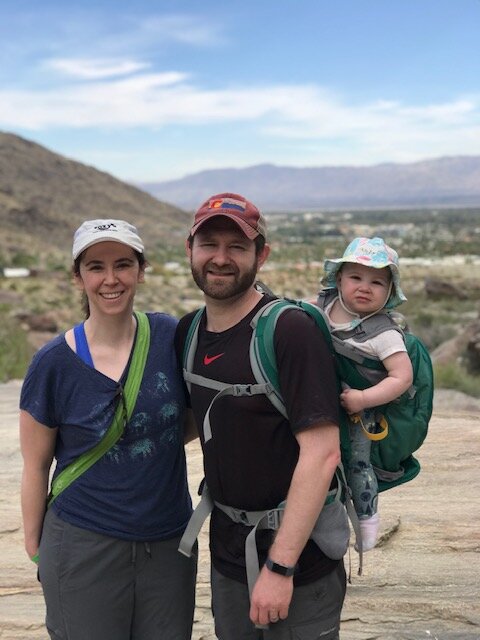Phnom Penh-A City of Heartbreak
It’s a fact of traveling that you’re not going to love every city that you visit. I’m not sure whether it was the hectic streets, the blatant sex tourism, or our visit to the killing fields but Phnom Penh was not our favorite destination. But if I’d have to pick a country that has affected me the most, I’d choose Cambodia every time. Before writing about our visit to the Choeung Ek killing fields and S21 outside of Phnom Penh I thought I’d give a quick history of the Khmer Rouge period in Cambodia; it was something I knew little about before planning our trip and I fear that many Americans, especially my generation, don’t know very much either. From 1975 to 1979, Pol Pot and his Khmer Rouge soldiers killed 1.5 to 3 million Cambodians, around twenty-five percent of the Cambodian population. Imagine for a second that every one in four people you know would just disappear.
Pol Pot, the leader of the Khmer Rouge, had a goal to turn Cambodia into an agrarian socialist society, forcing people to relocate from the urban centers to the countryside, torturing and killing millions along the way. In order to increase the population, young men and women were forced into mass marriage ceremonies where soldiers picked 50 women and 50 men forced them to shake hands and then announced that they were married and sent them off to make it “official,” often with brute force. In fact, our tuk tuk driver in Battambang said that is how his parents were married. Anyone who was perceived as different, intellectuals such as doctors, lawyers, people who wore glasses, foreigners, the disabled, and many more were tortured and killed in brutal ways.
One of the many mass graves at Choeung Ek. To this day when it rains bones and bits of victims clothing are still brought to the surface.
When I first arrived to Choeung Ek about nine miles outside of Phnom Penh it seemed like a peaceful enough place, birds chirping and the sounds of children playing at a nearby school- it was hard to imagine that over 20,000 people were and are still buried here in several mass graves. A beautiful memorial stupa stands in the middle of the sunken landscape, and as you get closer you notice the hundreds of human skulls and bones that make up much of the structure. While almost all of the original buildings used for torture and killing during the Khmer Rouge period have been destroyed, the haunting audio tour paints a vivid picture through several individual stories that are sure to stick with me for the rest of my life.
More than 5,000 skulls fill the memorial stupa reminding visitors of the horror of the Khmer Rouge.
As a Jewish American I spent several weeks throughout grade school and high school (both in public school and Sunday school) learning about the Holocaust. It was startling and frightening seeing firsthand the parallels between the Cambodian genocide and the Holocaust. The way people were tortured and killed, the insane documentation that both the Khmer Rouge and the Nazi’s took down about their victims, brainwashing of young soldiers and citizens, and the complete disregard for human life. I couldn’t stop asking myself how could this have happened after the outrage of the Holocaust and the world continued to just stand by and watch, or even worse, stick their head in the sand and ignore it the same way that Jews were ignored. And still today America continues to stand by and watch as refugees around the world try and escape oppression in their own countries - yet we won’t let them into ours for a chance at a decent life because they may have a different religion, skin color or language.
This was one of the hardest visuals to witness at the killing fields, a tree in which infants were beaten and killed at and buried in a mass grave usually alongside their mothers.
After touring Choeung Ek we made our way to the Tuol Sleng Genocide Museum, a former school turned prison during the Khmer Rouge rule where upwards of 17,000 people were tortured before being sent to the be killed at Choeung Ek. This prison called S21, was only one of over 150 execution centers in the country. Similar to the Holocaust, each prisoner was documented with a photograph, a short biography, then stripped of all their clothing and personal belongings and shackled together to the floor where they waited until their torture began. The similarities between the Holocaust museum in Jerusalem and Tuol Sleng was frightening, young and old alike stared out at you from their black and white photographs that seemed to plead with you to remember their stories.
It was a very long and sad day and I have to be honest that I was relieved to be finished when exiting S21. But both Jeremy and I were glad that we took the time to visit these important historical sights and we hope that even by writing this blog post we’ll have helped to educate others on the horrors of the Khmer Rouge period.
Even though we did spend time visiting the National Museum of Cambodia in Phenom Penh (which was quite beautiful), exploring the Central Market, and having some tasty street food, our visit was overshadowed by the somberness of Cambodia’s far too recent history.
Perhaps Anthony Bourdain says it best, “Travel isn’t always pretty. It isn’t always comfortable. Sometimes it hurts, it even breaks your heart. But that’s okay. The journey changes you; it should change you. It leaves marks on your memory, on your consciousness, on your heart, and on your body. You take something with you. Hopefully, you leave something good behind.”









